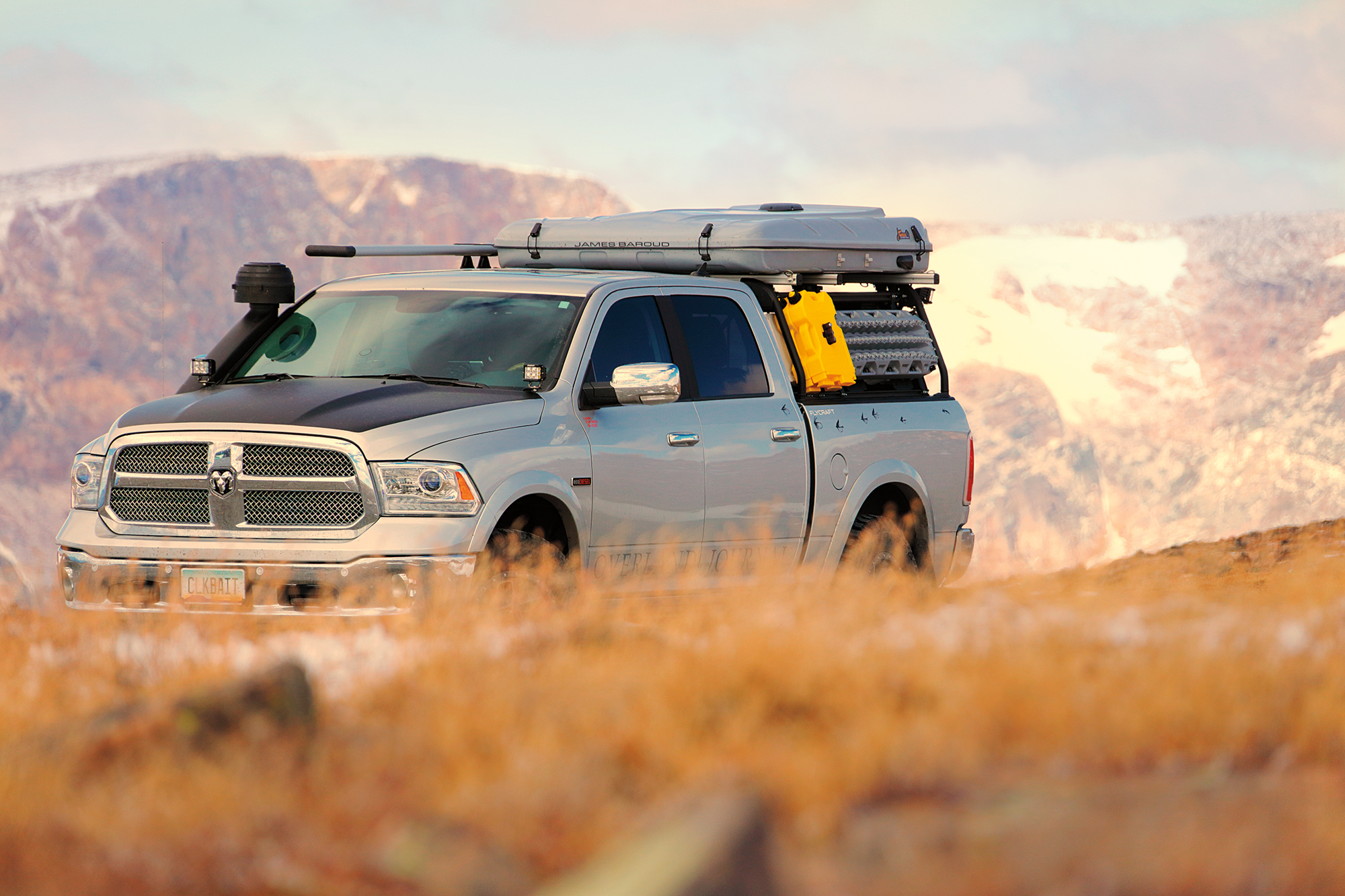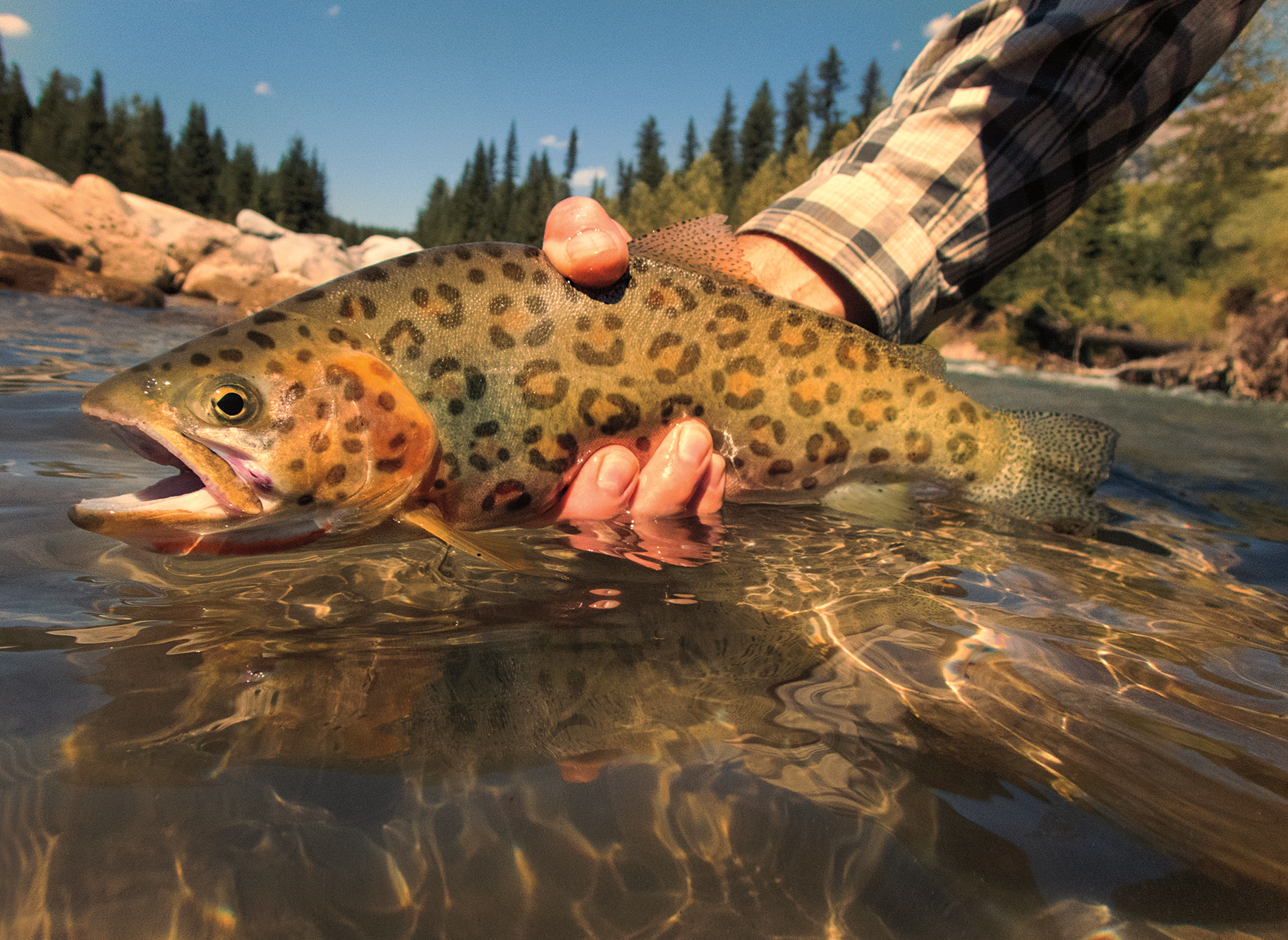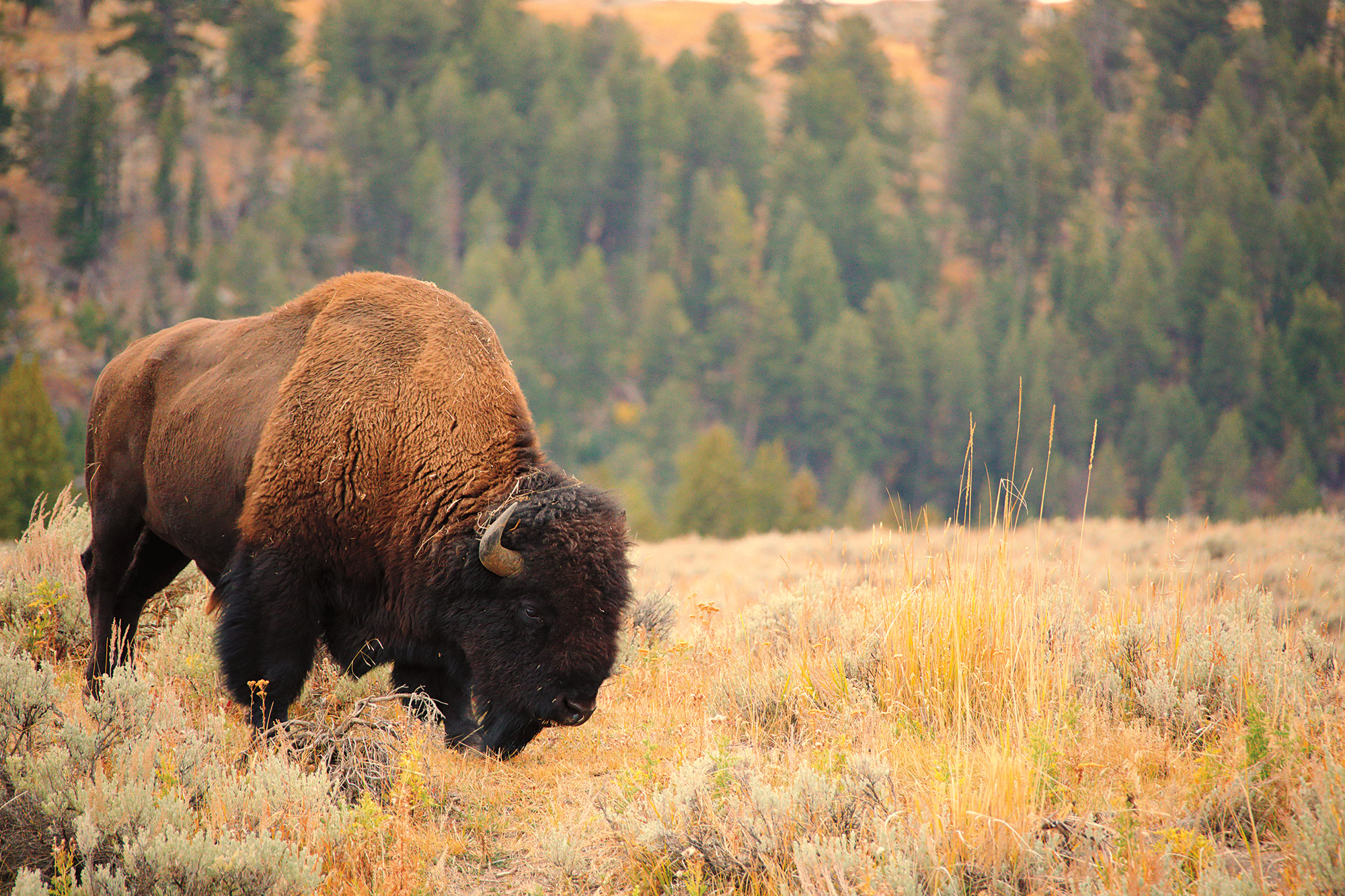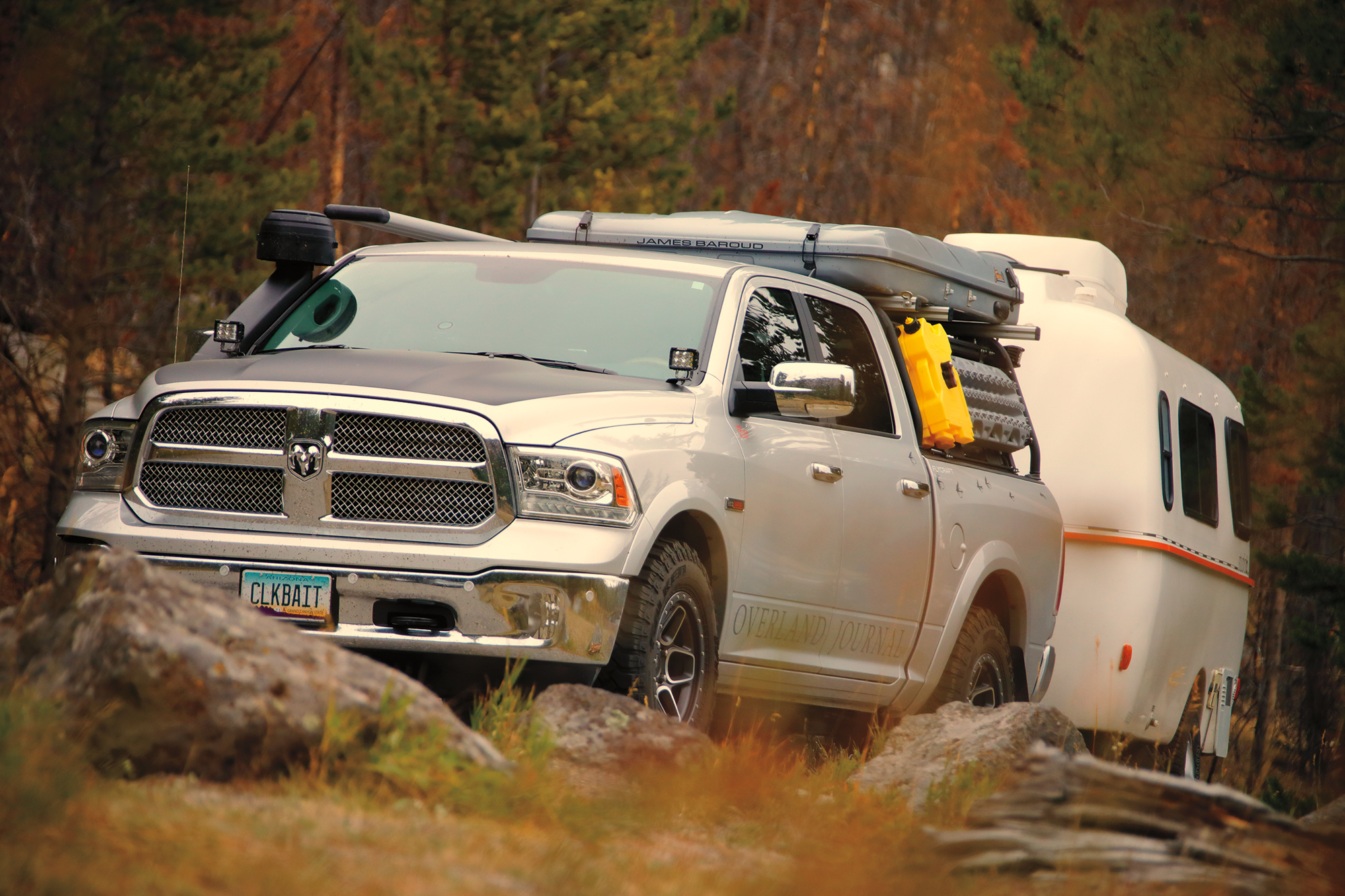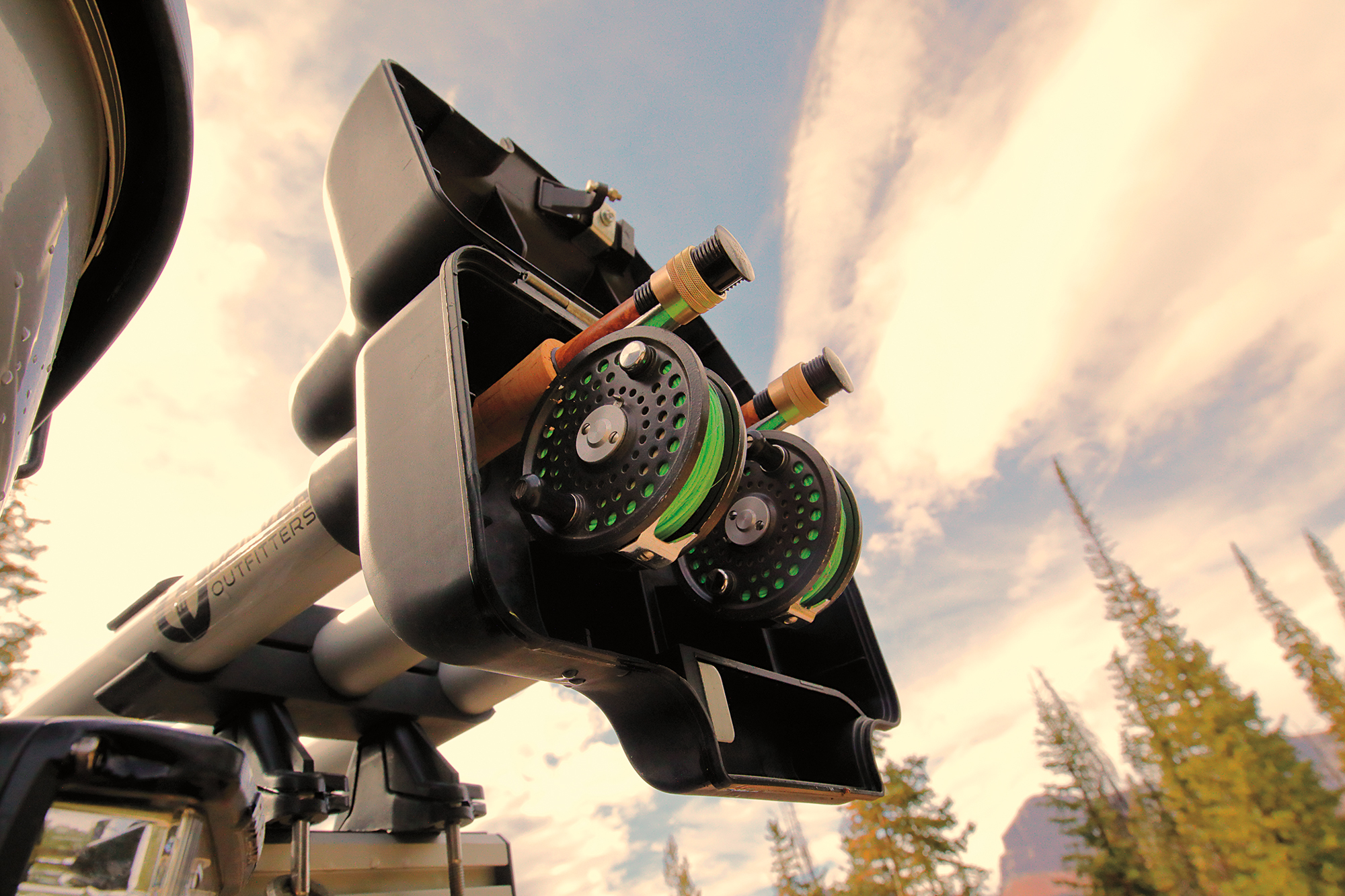Editor’s Note: This article was originally published in Overland Journal, Summer 2019.
Regular readers may recall that I have spent a great deal of my flexible time as an amateur poisonous snake wrangler and own a Ford F250 that was purpose-built for this task. I know this will come as a shock to many, but I’m considering giving it up. The snake milking, that is, not the F250. At least not yet. More on that later.
For now, let’s think about how we spend our precious free time. Are our choices worthy? I’m a huge fan of the British/Indian hunter and writer, Edward James Corbett, and his most certainly were. Gentleman Jim was the son of British parents and grew up in rural India. Please forgive the unearned familiarity (although after reading and rereading all of his first editions I do sort of feel like I know him). After a childhood spent exploring in jungles teeming with tigers and learning deadly accuracy in the cadet company of the Naini Tal Volunteer Rifles, Jim spent his adult years working for the British railway. Although Jim had only a few weeks of holiday each year, he chose to spend them pursuing and dispatching the most famous man-eating tigers ever recorded—leopards too. I highly recommend all of his books but especially The Man-Eating Leopard Rudraprayag and Man-Eaters of Kumaon. If you appreciate the prose of classic adventure, you’ll love Corbett. Jim’s writing puts you in the moment, in the darkness, and in the head of a hunter being hunted. Chilling.
Remind you of someone? Yes, in many ways it almost seems like I might be Jim Corbett’s reincarnation. Think about it—boring fashion photographer by day, heroic snake hunter by night. The parallels are obvious and, I’ll say it, undeniable. Sadly, only a small portion of life is spent under the vital blush of youth, and by the time Mr. Corbett had reached his late sixties he was mostly deaf, eardrums brutalized by a lifetime of concussive blasts from high-powered rifles. Similarly, at the same overripe age, I can no longer discern the insipid tones uttered by models, actors, and advertising account executives. After years of successfully bagging man-eating tigers and leopards, Jim had lost most of the youthful energy necessary to bring his terrifying quarry to bay. Same with me for man-eating cougars, pumas, and, of course, snakes. The parallels are spooky, right?
So the question becomes, “How does one adapt a purpose-driven life when their circumstances change?”
In his late-in-life memoir Jungle Lore, Colonel Corbett mellowed and fondly looked back on a vibrant youth spent exploring the wild Indian jungle. Initially armed with only a slingshot, Jim learned to understand the ways of all the forest creatures, but especially what he called the Gentleman of the Forest. The alpha predator, the mighty tiger, burning bright. Observing that most man-eaters were the result of unusual circumstances, Jim promoted a conservation policy of “sorting out the bad apples” rather than setting out poison and killing them all, a practice quietly preferred by harried villagers.
Uniquely qualified to separate the good tigers from the bad, Jim begrudgingly accepted the role of hunter and spent his limited free time stalking, beating, tricking, and, ultimately, culling the worst of the bunch. In one instance, he dressed as a woman to lure in and kill a tiger that specialized in pouncing upon the village women as they washed their family’s clothing in a nearby stream. I have tried a similar technique whilst pursuing urban serpents, but my efforts only resulted in being asked to “Leave the area immediately” when attempting to charm and capture a rattler purported to be hiding under a Walmart dumpster. “And don’t come back” was not added to the Walmart security guard’s crystal-clear command, so I still occasionally bivouac in Wally World parking lots when nighttime finds me road-weary and far away from better wilderness options.
After a lifetime spent in pursuit of the man-eaters, Jim Corbett turned his late-inlife attentions toward writing and sport fishing. In 1936, while Jim focused on penning his memoirs and perfecting his angling, India formally recognized his life’s work in tiger conservation by naming their first national park after him. I, too, have taken up writing and angling and excitedly await the day when some magnificent bit of suburban Arizona desert is named in my honor.
Snake conservation? I’m over it. After a lifetime of chasing these legless jerks, all I have to say is that they’re just a bunch of big mouths—bad-tempered big-mouths with a tendency to gnaw on anything within striking distance. Yeah, yeah, they eat rodents—as does everything else that walks, wriggles, or flies. Big deal.
Since I haven’t lost my passion for the pursuit of all things mouthy, I felt I needed to customize a vehicle specially outfitted for the pursuit of North American river monsters. And because I’m as fearless as I am tenacious, not just any massive fish. Nope, I decided to dedicate the rest of my days to the pursuit of the elusive, some say mythical, jaguar trout—a freshwater cousin of the terrifying jaguar shark, a proven killer relentlessly pursued by troubled ichthyologist, Steve Zissou. Naysayers may say what they wish, but I feel confident the jaguar trout haunts the cold fresh waters along US Highway 89, a beautiful road that stretches from Nogales, Arizona, to the Canadian border. Imagining that this cold-blooded predator must certainly be found in the rivers and spring creeks of Wyoming and Montana, that’s where I went for my initial shakedown cruise last October.
This region, bookended by Grand Teton and Yellowstone national parks to the south and Glacier National Park to the north, offers an abundance of wild waters. Fly-fishing has always been a favored sport of the monied elite, and there are many high-end resorts and restaurants along this mountainous route. Places whose proprietors might not welcome my giant F250 snake-mobile, given that its presence would seem to imply a terrible snake infestation. Not good business for trendy gastro-pubs in high-rolling, dot.com meccas like Jackson, Wyoming, and Ennis, Montana. Nope, I needed to have something more Orvis-esque. Something Ex Officio’d to the hilt. Something skewed a bit more Amazon Prime than Amazon Rated.
I give you ClkBait, a 2017 Ram 1500 Longhorn 4WD crew cab, economically and powerfully propelled by a 3.0L Fiat EcoDiesel. If you’re not a vanlifer (but do enjoy extended forays into the semi-wilderness almost as much as you appreciate a good wine pairing) and if you’re equally happy trolling for Instagram “likes” as Idaho for wily trout, this might be a good approach for you too. Let’s look at the basic truck and then discuss its unique adventure-ready appointments.
The pages of this magazine have featured all manner of hardcore overland vehicles, and many have spent days, months, and even years exploring ridiculously remote areas. These vehicles usually feature all sorts of highly specialized gear: winches, high-clearance suspensions, extended-range fuel tanks, task-specific toolkits, hard-riding but cut-resistant tires, Hi-Lift jacks, and a good collection of critical spare parts. But that’s not ClkBait. No, this truck spends about 80 percent of its time devouring a mix of super-slab and two-lane blacktop with the remaining 20 percent spent nibbling away at fire trails and two-tracks—interesting bits of forest road that ultimately lead to a fine riverside campsite. Let’s call it “Overland Lite.”
INTERIOR
The Ram Longhorn equipment package that underpins ClkBait is the brand’s most opulent version of their cowboy-themed line of trucks. The Limited package is basically the same but eschews the textured leather seats, barbed wire graphics, and other Wild, Wild, West Easter eggs that the Ram product designers are so fond of including in their outdoorsy vehicles. Both packages feature quality leather, tons of charging ports for staying eConnected, excellent sound systems, and heated seats. With my last pickup truck being 20 years old—and a Luddite’s textbook definition of basic—I must confess that I was startled to learn that if one pushes a certain button, the seats instantly blow cold air up one’s bum. Other than this disturbingly interesting feature, the Ram Longhorn has a nice cowpuncher vibe without being too over the top in its execution.
I’ve added little to the interior other than a Ram Mount 1-inch ball to the upper dash so I can have a smartphone or tablet in a position that allows a quick spot-check without taking my eyes off the road. There’s also a couple of console switches for front- and rear-mounted LED accessory lights and a suction-mounted radar detector—minimalist.
CHASSIS AND DRIVETRAIN
ClkBait is suspended by Ram’s optional height-adjustable air suspension system. Likely too high-tech for most traditional overlanding applications, these adjustable air shocks have proven to be quite nice. The onboard compressor allows the truck to squat down for easy entrance and egress and automatically rises back to a standard ride height as you begin to move at anything above walking speed. I thought it was a dopey feature at first, but it’s grown on me. The lower entry height has allowed me to remove the factory side-steps, gaining more clearance for those occasions when I must navigate a patch of ambitious young boulders en route to a campsite near fishy-looking waters.
But wait, there’s more. At freeway speeds, the suspension squats into what it calls Aero Mode. Not as low as Entry Mode, Aero Mode supposedly reduces the amount of air going beneath the chassis and gains some aerodynamic advantage—sounds good to me. Two other optional ride heights are available, and both increase ground clearance for low-speed, off-road use. The highest setting is only good for speeds up to 15 mph. The process of gaining ride height is at the cost of suspension travel (the shocks essentially come close to topping out), so suspension compliance is sacrificed at the altar of ground clearance. Once again, perhaps not the right solution for hardcore off-pavement usage but very helpful for a beast primarily focused on over-the-road utility and comfort. As an added bonus, the air system is brilliant when the bed is loaded, or a trailer is hitched. The instantaneous and automatic self-leveling capabilities are excellent. And speaking of trailers, a trailer braking controller is factory installed and works flawlessly.
And this brings us to towing capacity and a discussion of the European-sourced 3.0L turbo-diesel. At 420 pound-feet of torque, the 3.0L outshines the much thirstier gasoline-powered 5.7L Hemi’s torque rating of 410 pound-feet. It’s a stout but very quiet little engine, and by all reports, it is extremely under-stressed in this application. Manufactured by VM Motori in Cento, Italy, this motor wants to—needs to—work. I’ve heard rumors that cow folk who just use this truck for low-stress tasks like chasing them doggies around the ranch, sneaking into town for kale, and going to church on Sunday can have issues with the catalytic converters. The motor apparently needs to get hot enough to burn off the diesel exhaust residues, or the cat can be fatally harmed. Mine frequently gets a good workout and adequate heat, so I’m unworried.
The truck is rated to tow over 7,500 pounds, and when I drag along my model changing room/tiny house, Studio B, I have to constantly remind myself it’s back there. I’ve had brief moments of forgetfulness that have resulted in passing speeds that we must not discuss. Poor little Studio B’s wheel bearings probably need therapy as much as fresh, uncooked grease. The 8-speed automatic puts the power to the ground in your choice of 2WD, 4WD Auto, or Locking 4WD. The final gear ratio is 3.92:1.
Before I wrecked the aerodynamics with the addition of the very handy James Baroud Space rooftop tent and all the other bed accessories, I saw 27 mpg on the flats when driving at or below freeway speeds. Now, with all the goodies in place and driving like I really drive, I see 19-22 mpg. When towing Studio B, I regularly see 16-18 mpg. Pretty good, I think.
My opinion after 20,000 miles, two trips to the Canadian border, and one journey to the East Coast? The Ram 1500 EcoDiesel is a solid, quiet, economical, and dare I say it, plush contemporary truck—one that looks as good amongst the valet-parked Range Rovers as it does proudly perched on the banks of a ripe-looking riffle. Two thumbs enthusiastically up.
That said, I still love my big ol’ snake-chasin’ Ford F250 and might just keep it, too. Its reliability and strength have long been proven and, given that it always looks like it might be filled with poisonous reptiles, I can be certain no one will ever steal it. Certainly not a parking valet.


